There will be no such thing
May 6, 2022
Sr Mary-Ann shares a reflection on her favourite quote from Julian Tenison Woods.
Father Julian Tenison Woods’ writings are sprinkling with delightfully lyrical and sometimes pithy pieces. I find myself returning to words he penned in 1880:
Mother’s Day
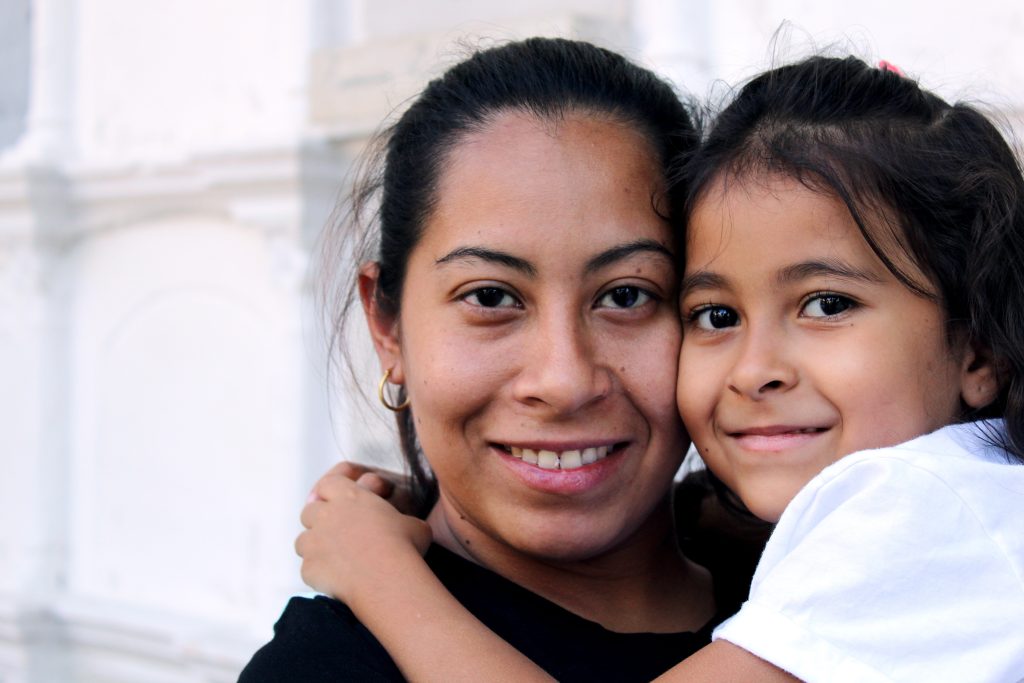
We all have some experience of being mothered and in some way we have all had some experience of mothering/fathering those for whom we have cared.
Mary MacKillop had very positive experiences of being mothered and had a very close relationship with Flora, her “own loved mother”. [1] We can look to their relationship to guide our own.
Remembering Mary MacKillop’s mother Flora
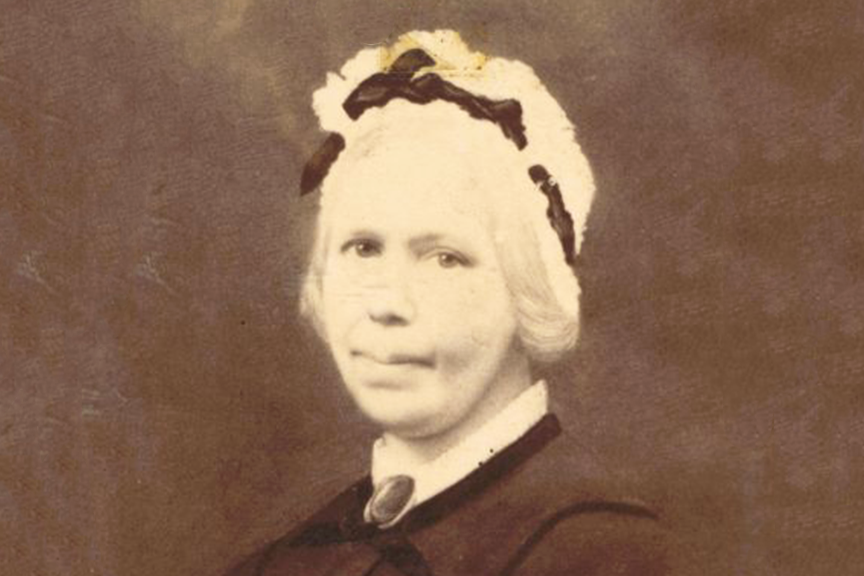
On Sunday 8 May, many families throughout our country will be celebrating the wonder and joy of experiencing motherhood and being mothered.
For others, Mother’s Day brings sadness and a sense of loss. In troubled places throughout the world mothers are separated from children, and children are living with the awful memory of losing their parents through massacre and war.
May Prayer Intention: Faith-filled young people
May – For Faith-Filled Young People video by The Pope Video.
Each month, Pope Francis asks for our prayers for a specific intention. For the month of May, the prayer intention is for faith-filled young people.
In an increasingly secular world, you often wonder if there are still many people of faith, especially young people of faith.
Feels Like Coming Home
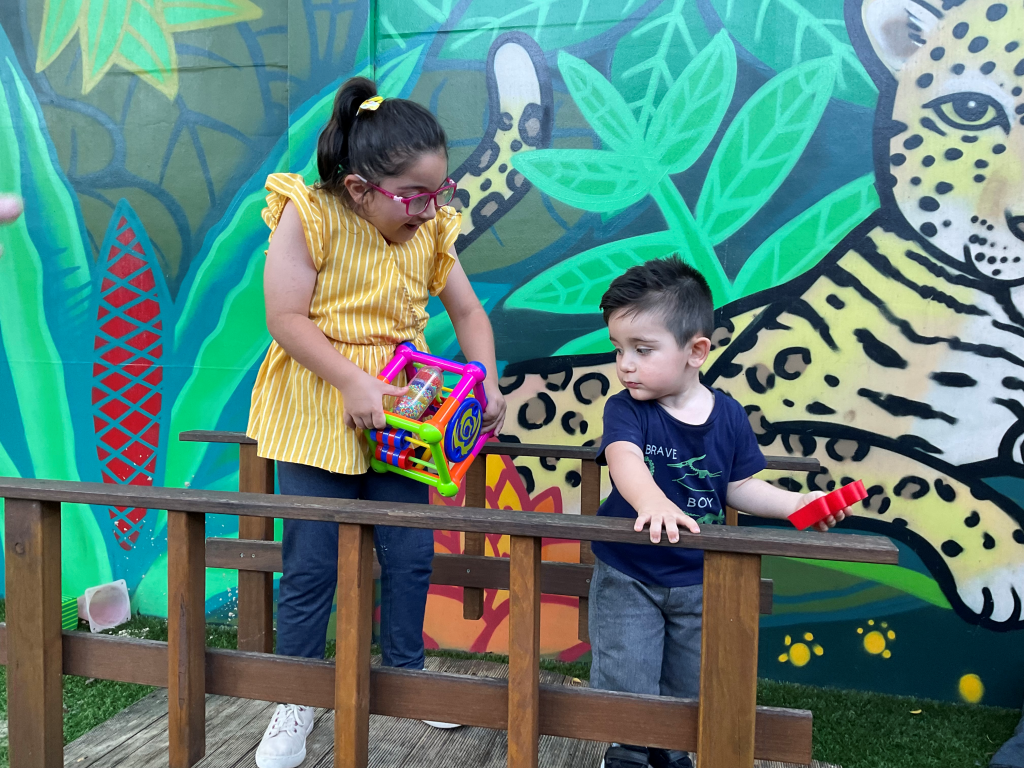
St Anthony’s Family Care (SAFC) has been a vital part of its local community for over 70 years, with the childcare centre being its longest running service.
While programs may have changed to better meet client needs, St Anthony’s commitment to supporting children and families is unwavering and remains core to its mission.
A shave for a cure
April 28, 2022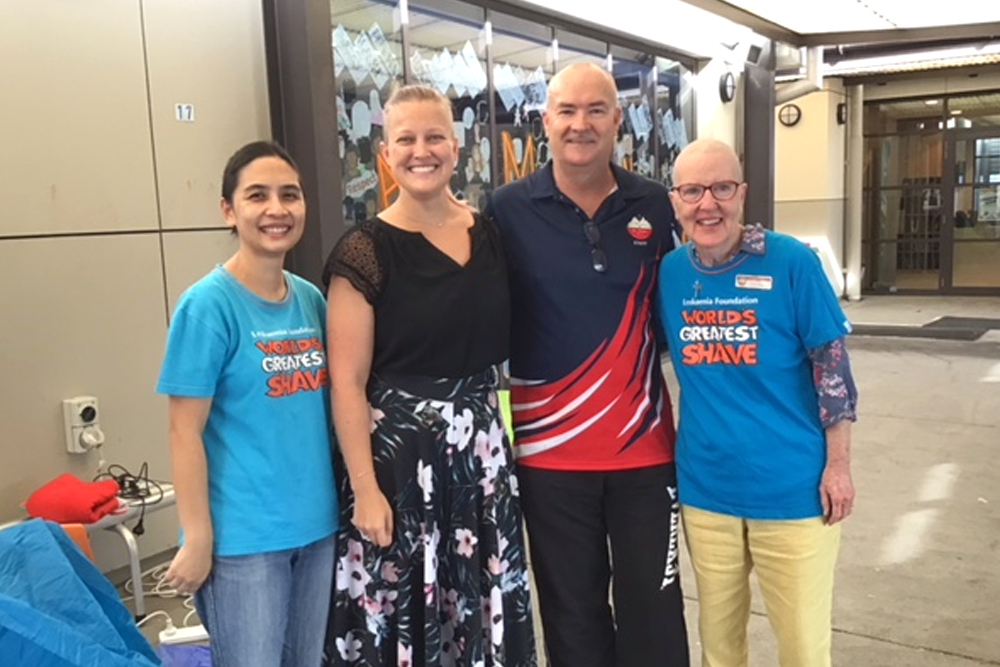
The World’s Greatest Shave is an annual fundraiser for the Leukemia Foundation. The money raised goes towards vital research and to giving emotional and practical support to Australian families facing blood cancer.
This year is my fifth time participating in the World’s Greatest Shave and at this stage, I’ve raised $2660. Once again, I truly feel supported in my bid to help a little and highlight the wonderful work of the Leukaemia Foundation.
A pilgrim’s ‘light-bulb’ moment
April 27, 2022Recently, the staff and volunteers of Mary MacKillop Museum in Adelaide were delighted to welcome a busload of interstate pilgrims, one of whom, after spending quite some time in the museum, was hungry for ‘the more’.
Reflecting on illness and death
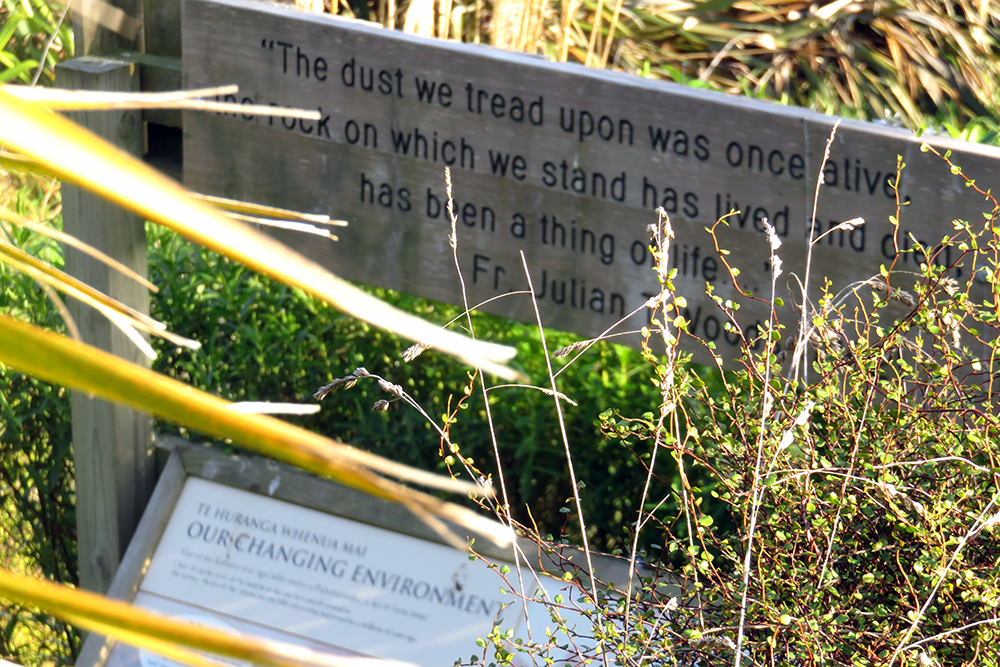
Life blooms and suddenly…
Monthly, weekly, and sometimes daily, we hear news of the death of yet another treasured, loved, Sister and friend. Sadness grips our hearts and minds. It feels as though our dreams and visions for the future are slipping away. Could it be that this Congregation, founded by Julian and Mary, is undergoing transformation? Is something new emerging?
